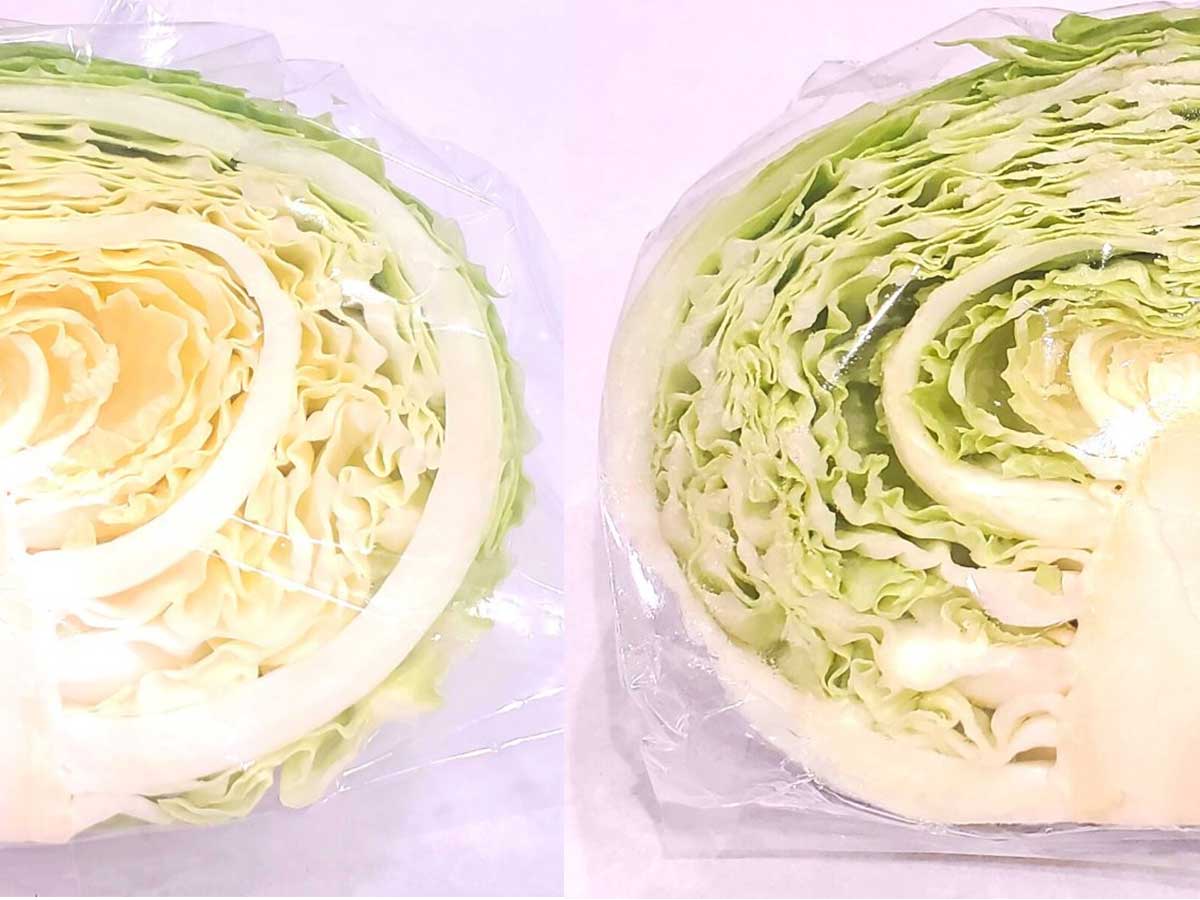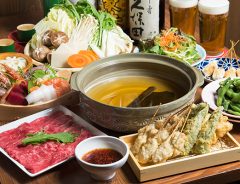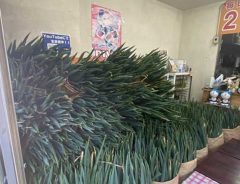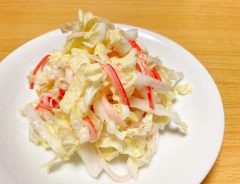
Source: 青髪のテツ Tetsu (@tetsublogorg) - image used with permission
Always pick the freshest cabbage with Japanese produce specialist’s pro tip
- Tags:
- Cabbage / fresh / lifehack / tip / Vegetables
Related Article
-

Kyoto Gatten’s Succulent Wagyu Tempura Joined By Wagyu Shabu & Sukiyaki This Winter
-

Bento store in Tokyo’s generous 1,000 kilo free food giveaway turns it into an onion forest
-

Japanese entrepreneur and camping enthusiast shows off his cool rotisserie lifehack
-

How to tell a good carrot from a bad one
-

Vegetables “beheaded” in scary Japanese PSA on power window safety
-

This tasty Japanese twist on coleslaw could help you avoid food waste


Whether you're stewing them, stir-frying them, stuffing them, or shredding them raw, cabbages are tastiest in the colder months of fall and winter when their leaves are firm and they don't fall apart easily.
Picking out the freshest cabbage
In the vegetable section of many supermarkets around the world, you'll usually find at least one kind of cabbage. Cabbage, however, can be very large and hefty. Some shoppers, especially if they live alone, can't use up a whole head while it's still fresh. That's why some shops also sell cabbage halves for shoppers' convenience.
There's another advantage for both stores and shoppers to selling cabbage halves: You can get a look at a cross-section of the cabbage and see how fresh it is.
But what are the signs to look for?
Japanese Twitter user 青髪のテツ Tetsu (@tetsublogorg), an experienced and knowledgeable clerk in charge of the produce corner at a Japanese supermarket, says you should pay attention to the "color of the leaves" when choosing cabbage halves.
Some will be yellow and some will be green, as shown in the photo below.
Which cabbage half do you think is fresher?
Reproduced with permission from 青髪のテツ Tetsu (@tetsublogorg)
The correct answer was the cabbage with the yellow leaves shown in the first photo!
But isn't the one that looks greener the fresher one, you may ask yourself. In fact, the cabbage with green leaves in the second photo was left at room temperature for a day.
According to Tetsu, the leaves turn green due to photosynthesis, a process which continues even when plants are removed from the soil and cut.
The yellower a cabbage half's leaves are, the less time has elapsed since it was cut in half. In other words, cabbages with yellow leaves are fresher! They also last longer, are softer, and taste better!
Tetsu's helpful tip elicited many comments such as: "Oh my... I used to think yellow was old so I always chose the opposite!" "I always wondered about this but now I know," "Thank you for this great tip!" and so on.
Of course, green-leaved cabbage will also taste good. But if you're looking for fresher ones, now you know you should look for the yellow-leaved cabbages instead.
A vegetable section guidebook
For those who can read Japanese, Tetu's book, 野菜売り場の歩き方 (yasai uriba no arukikata | "a guide to shopping in the vegetable section") is coming out on November 25th, 2022. It's chock full of helpful tips on how to choose the best veggies and make them last longer!
You can also get more of Tetsu's helpful cooking tips and tricks at their blog.